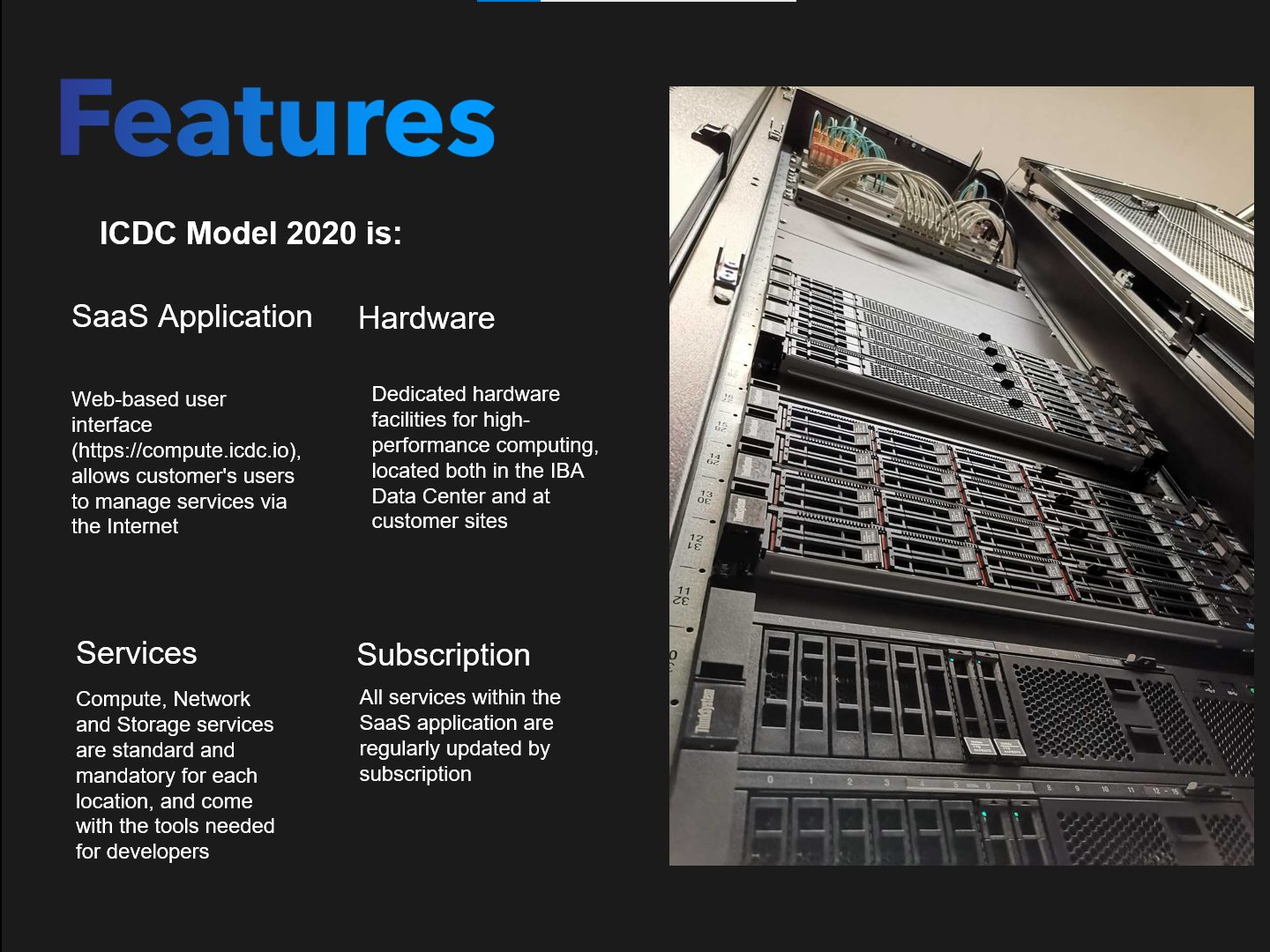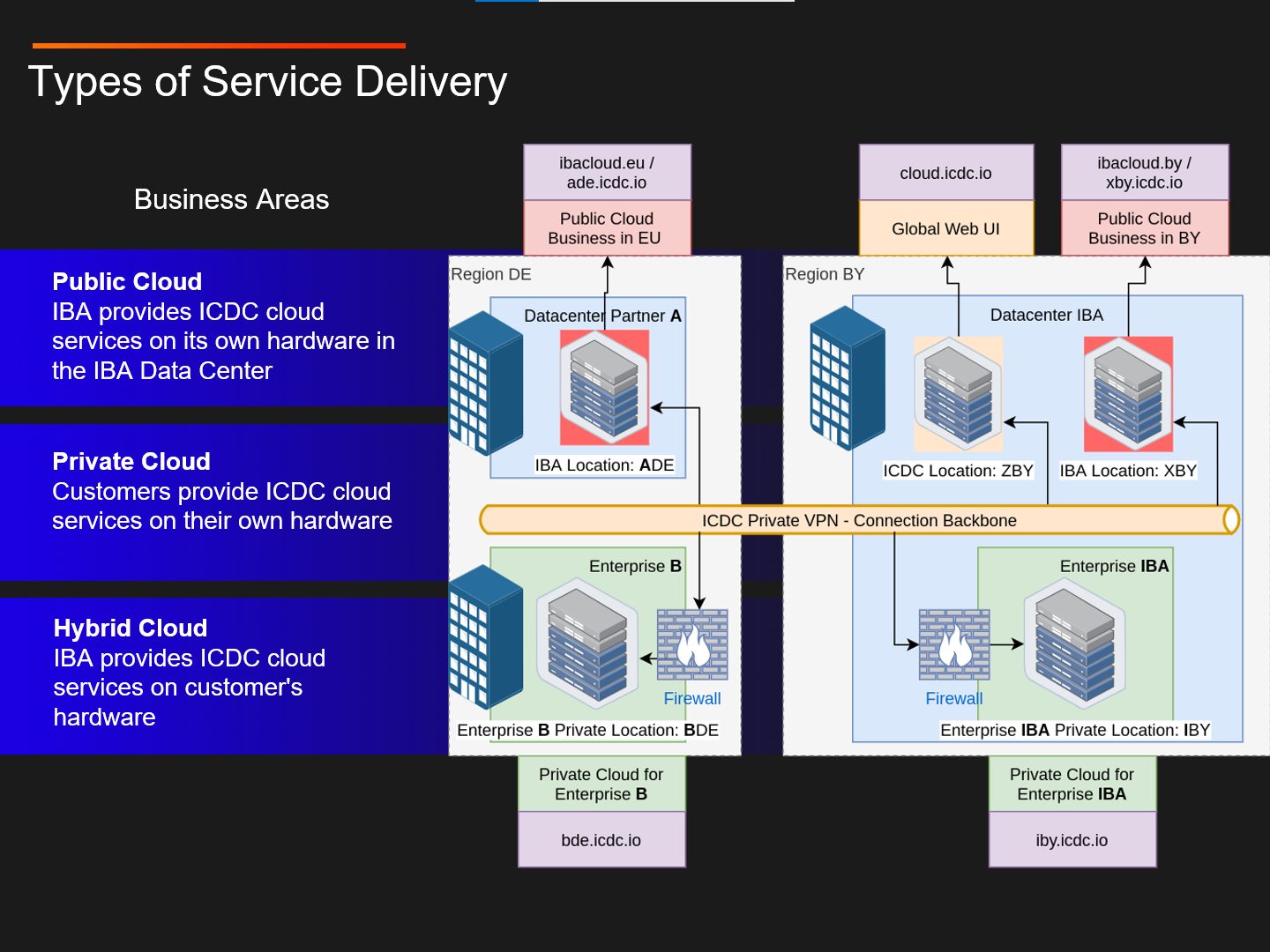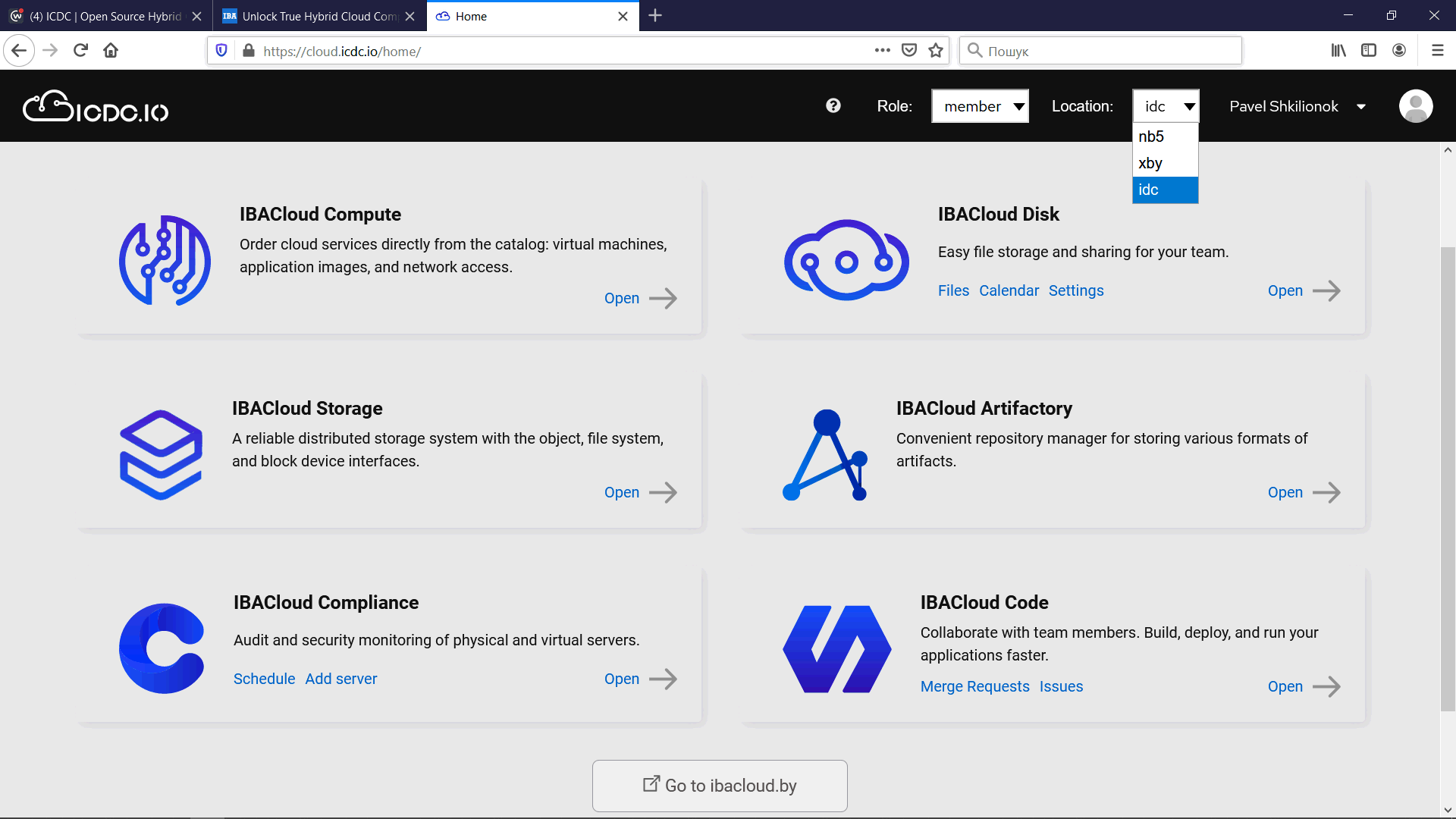Read the first part about Open Hybrid Models The Next Evolution In Cloud Computing by Pavel Shkilionak.
Multiple converging factors have firmly established cloud computing as the preferred, future-ready IT service provisioning model among enterprises of all sizes.
According to Cisco’s Global Cloud Index, 94% of all workloads will run in cloud environments across both public and private clouds by 2021, with most on-premise workloads set to run in a virtualized environment.
However, the decision to provide computing services is not straightforward for every business.
While certain businesses are ideally positioned to leverage the public cloud environment, many others require a hybrid model that blends elements of the public cloud with the security, customizability, low latency, and control offered from the private cloud.
Constrained capabilities
Numerous established public cloud providers, including Amazon, Microsoft, and Google, now cater to this demand with a range of different hybrid cloud solutions.
For example, Amazon Web Services (AWS) offers Outpost, a ‘bare metal’ solution that delivers a black box server rack to a customer’s on-premise data center. The server remains Amazon’s property, which the company monitors, supports and maintains remotely.
Similarly, Google launched Anthos to complement its public cloud offering, while Microsoft’s Azure Stack can deploy a solution onto a customer’s servers.
These solutions provide numerous hybrid cloud computing benefits, such as greater speed, agility, security and flexibility for specific workloads, applications, and data. These solutions are suitable for customers that want to benefit from public cloud services and as-a-Service architectures but want to store sensitive or critical data in a private data center.
However, hardware restrictions, access to a limited number of core cloud services, vendor lock-in and prohibitive cost structures can constrain an organization’s ability to realize the true promise of cloud computing.


